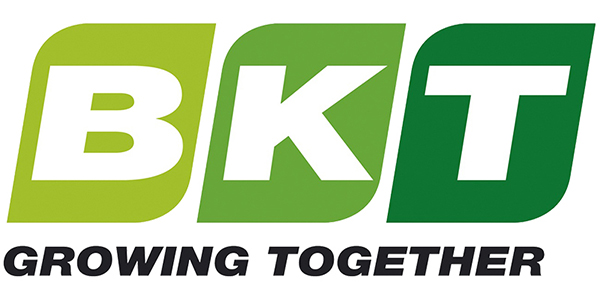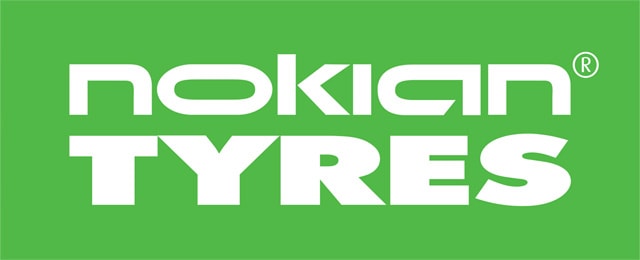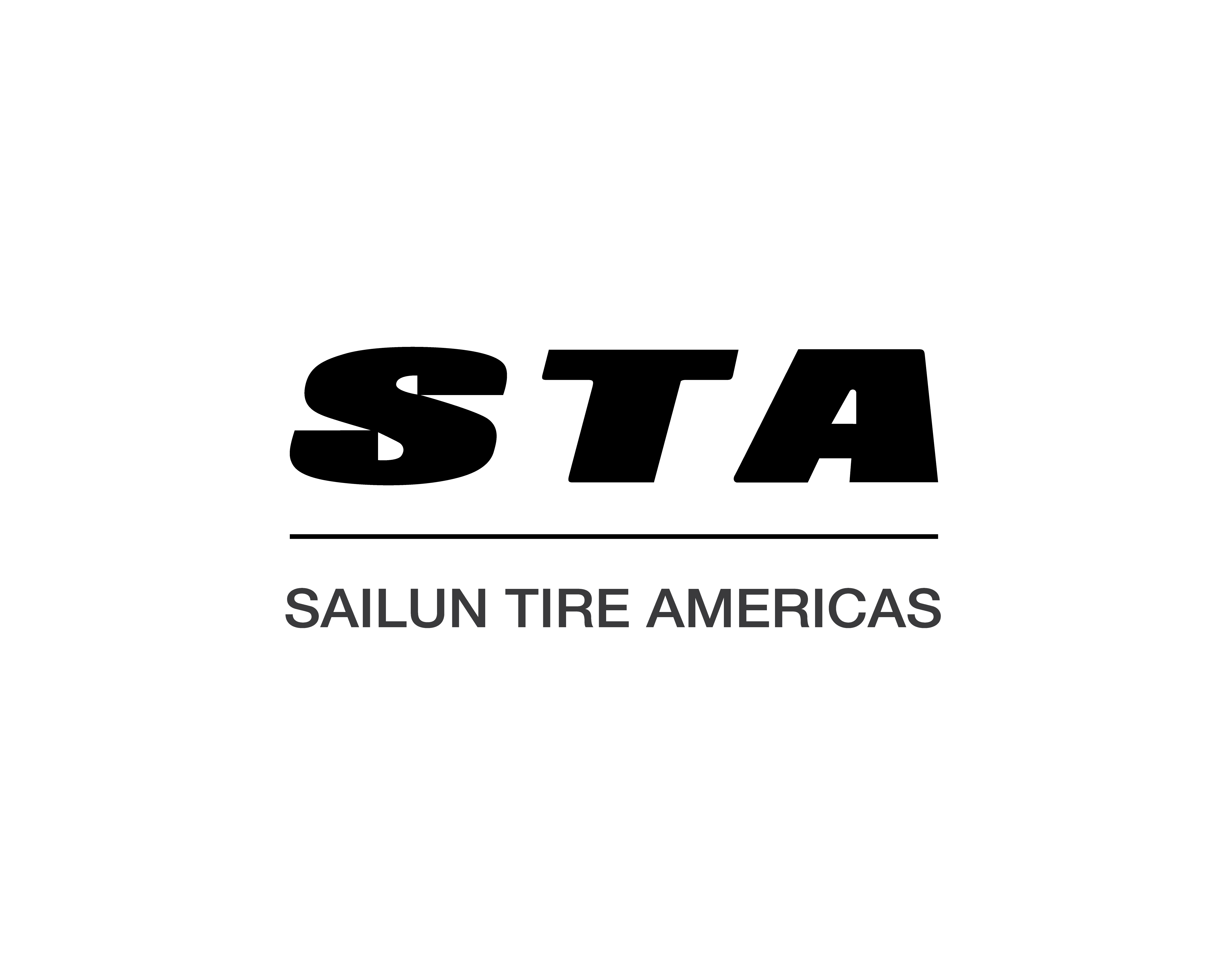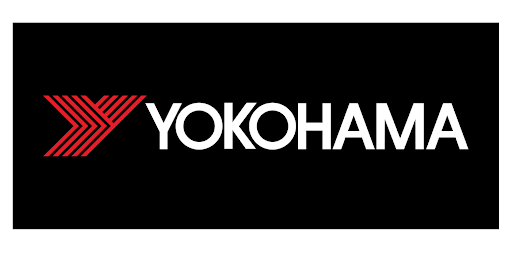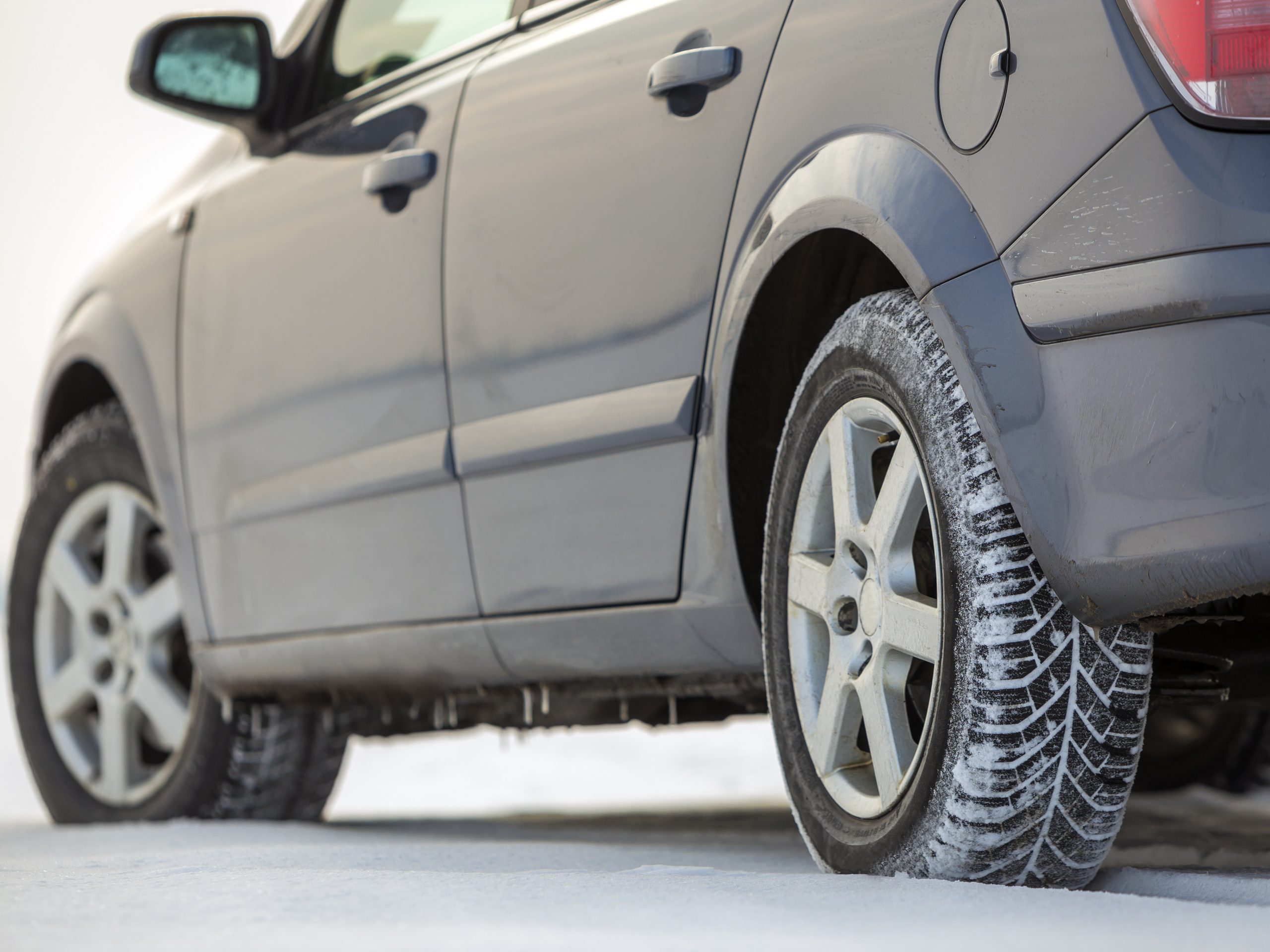
2022 - Winter Tire Report
Majority of Canadian drivers believe investing in winter tires is important despite rising living costs
About This Report
Tire and Rubber Association of Canada’s Winter Tire Report assesses public perception and the market for winter tires in Canada. This report is made available to stakeholders in the tire and automotive industries, including tire and car manufacturers, retailers, government, road safety advocacy groups, media, and consumers.
The scope of this report applies to passenger and light truck vehicle categories only.
TRAC reviewed and analyzed a broad range of market data and research on consumer perceptions related to winter tires in order to provide recommendations on educating Canadian motorists on safety and performance benefits of winter tires.
About TRAC’s 2022 National Survey Instrument
A survey of 1,607 Canadian drivers was completed online between October 21-30, 2022, using Leger’s online panel. A probability sample of the same size would have a margin of error of +/-2.4%, 19 times out of 20.
*Leger is the largest Canadian-owned market research and analytics company, with more than 600 employees in eight Canadian and US offices. Leger has been working with prestigious clients since 1986. For more information: leger360.com
Majority of Canadian drivers believe investing in winter tires is important despite rising living costs
Key Findings
TRAC’s 2022 Canadian Consumer Winter Tire Study found that 70 per cent of Canadian motorists now use winter tires. Outside Quebec, where winter tires are mandated by law, winter tire usage stands at 63 per cent, and the winter tire utilization across Canada has demonstrated a continuous long-term upward trend. The Study also shows that 76 per cent of winter tire owners believe driving a vehicle equipped with winter tires has saved them from being involved in a potentially hazardous driving situation such as loss of control or a collision; and another 76 per cent says they use winter tires in order to protect their family with the safety advantages of winter tires. Despite the rising cost of living, 82% of drivers agree that winter tires remain an important investment.
Based on statistical analysis of winter tire shipments across Canada within TRAC membership, including the pandemic years of primarily 2020 through 2022, the winter tire category has grown at an annualized rate of one per cent over the past five years. As driving returns to pre-pandemic levels, the upward trend is highly likely to continue. These statistics only confirm that Canadians embrace the effectiveness, improved handling, and safety advantages provided by winter tires.
Winter tires are seeing remarkable success in Canada, and TRAC continues to collaborate with government, industry, road safety organizations, and other stakeholders on providing safe winter driving recommendations that include educating consumers about the safety benefits of winter tires.
Our statistics point to continuous improvement in consumer understanding of the importance of the winter tires as an important safety feature, and our study shows that Canadians place high value on the superior handling, stopping power, and safety advantages of winter tires. It is truly rewarding to see that the educational work done by industry, governments, and road safety groups continues to increase drivers’ understanding that winter tires are the right choice for Canada’s winter roads.Carol Hochu President & CEO, TRAC
Winter Tire Usage in Canada
TRAC 2022 Canadian Consumer Winter Tire Study
In 1998 only 35 per cent of Canadian drivers used winter tires. That figure has doubled in 2022. TRAC’s 2022 Canadian Consumer Winter Tire Study shows that winter tire usage had grown to 70 per cent. Excluding Quebec, where the winter tires are mandatory, 63 per cent of the Canadian drivers will use winter tires in the 2022/2023 winter season.
Winter Tire Use by Region

Winter Tire Usage
| Year / Province | 2022 (%) | 2021 (%) | 2020 (%) | 2019 (%) | 2018 (%) | 2017 (%) |
|---|---|---|---|---|---|---|
| National | 70 | 76 | 72 | 75 | 76 | 66 |
| Atlantic Canada | 74 | 92 | 84 | 91 | 94 | 83 |
| Quebec* | 100 | 100 | 100 | 100 | 100 | 100 |
| Ontario | 65 | 73 | 66 | 69 | 69 | 59 |
| Manitoba/Saskatchewan | 58 | 50 | 60 | 59 | 60 | 48 |
| Alberta | 56 | 68 | 59 | 63 | 70 | 57 |
| British Columbia | 59 | 57 | 60 | 68 | 64 | 60 |
* Mandatory winter tire usage since 2008
Driver Perception of Winter Tires
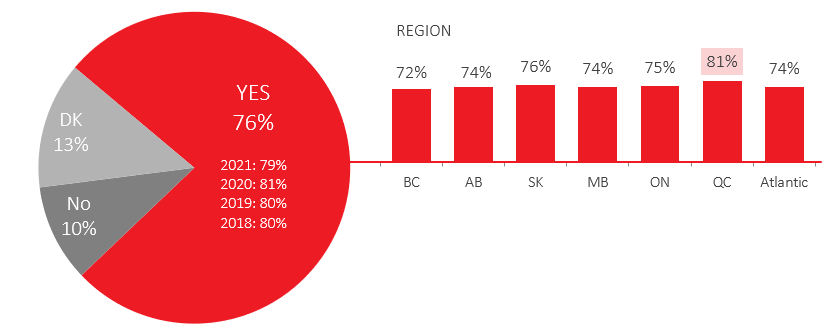
While there is a strong ongoing trend in utilization of winter tires, three-in-ten motorists outside Quebec still resist equipping their vehicles with winter tires. Top reasons for not owning winter tires are:
Top reasons for not owning winter tires (excluding Quebec)
| Top Reasons | Total* | Atlantic | ON | MB/SK | AB | BC |
|---|---|---|---|---|---|---|
| All-season tires are good enough | 57% | 48% | 53% | 62% | 72% | 60% |
| I don't drive much in winter | 26% | 36% | 34% | 7% | 12% | 24% |
| Too expensive | 25% | 1% | 34% | 20% | 25% | 20% |
| I have no place to store off-season tires | 10% | 1% | 12% | 10% | 1% | 21% |
| Other | 10% | 22% | 9% | 16% | 6% | 3% |
| Don't know/prefer not to answer | 3% | 3% | 1% | 6% | 1% | 8% |
Reasons for Purchasing Winter Tires
Safety is a key factor for drivers who use winter tires. Seventy-six per cent of drivers say they use winter tires to protect their family with the safety advantages of winter tires, (i.e., enhanced traction, cornering, and stopping power in cold weather). Others (21%) cite lower auto insurance premiums offered by their insurance provider as motivation to buy winter tires, and 13 per cent chose winter tires based on advice from family, friends, or a tire retailer.
Furthermore, winter tire laws, public education, and financial incentives such as lower auto insurance premiums and low interest loans on winter tire purchases play significant part in motivating drivers to use winter tires and make Canadian wintertime roadways safer. Advice from family and friends also represents a major driver, and the increases in winter tire use link directly with drivers sharing their positive experience with winter tires.

National Tire Shipments
The Tire and Rubber Association of Canada tracks all tire shipments into the Canadian market from its members who represent more than 80 per cent of the tire market in Canada.
Based on statistical analysis of winter tire shipments across Canada, due to COVID-related market challenges related to lower kilometers being driven in 2020 and 2021, the winter tire category expansion has slowed to an annualized rate of one per cent over the past five years. As driving returns to the pre-pandemic levels, growth in this segment is expected to continue.
“Despite the winter tire category slowdown caused by the pandemic, tire shipments data points to continuous improvement in consumer understanding of the winter tire advantage in Canada’s Nordic climate. Canadian tire marketplace offers a wide range of tire products and solutions that can keep Canadians safe on frigid winter roads, and drivers would be well-advised to take advantage of the performance benefits provided by today’s high-tech winter tire products.Barry Yutronkie Director, TRAC

*Based on data collected by the Tire and Rubber Association of Canada.
Road Safety—The Case for Winter Tires
The following findings are supported by a report from the Traffic Injury Research Foundation (TIRF; www.tirf.ca) citing a range of studies that show conclusively that winter tires provide superior traction, braking and cornering in all cold weather driving conditions, whether the road surface is dry, wet, icy, or snow-covered. Winter tires play a measurable role in increasing road safety and protecting drivers and traffic participants. The use of winter tires contributes to:
- preventing collisions, injuries, and fatalities,
- reducing health and hospital emergency costs,
- reducing the number of police and ambulance emergency responses during winter,
- lowering the frequency and size of insurance payouts,
- reducing traffic congestion.
Quebec—Saving Lives and Reducing Collisions
The superior traction and braking capabilities of winter tires are proven to save lives and reduce personal injuries. The Quebec experience with its mandatory winter tire usage and full data represents the best example.
A 2011 study by Ministère des Transports et de la Mobilité durable demonstrates the road safety benefits of legislating winter tires. After the first two seasons of enforcement (winter 2008-2009/2009-2010):
- winter road collisions decreased by five per cent,
- 574 fewer people were injured annually in winter road collisions,
- deaths and serious injuries due to winter road collisions decreased by three per cent.
Analysis and Insights
Canadian government agencies and road safety groups have been very receptive to the safety advantages of winter tires and continue to work toward increased awareness and driver education in this segment and continue to encourage increased winter tire usage nationwide by providing education, leadership, and guidance. TRAC’s ongoing research into usage of winter tires continues to demonstrate that:
- government mandates, financial incentives, and public awareness campaigns play key role in educating Canadian drivers about safety advantages of winter tires and in persuading them to make the safe choice,
- drivers who use winter tires trust in their efficacy as an important vehicle safety feature,
- growing winter tire utilization contributes to safer roads, reduction in winter road collisions, injury and costs for thousands of Canadian motorists and their families each year.
TRAC’s role focuses on educating government leaders, interest groups, stakeholders and the public about the safety and performance benefits of winter tires; and has been participating in:
- promoting the safety benefits of winter tires with government bodies and traffic safety organizations,
- creating educational resources and campaigns through its consumer oriented Be Tire Smart initiative,
- promoting winter tire usage on government fleet vehicles,
- winter tire messaging on highway signage,
- incorporating winter tire messaging into driver training and handbooks.
Winter Tire Initiatives by Province

| Province Initiative | |
|---|---|
| British Columbia | Certain mountainous highways require the use of tires marked with the Three-Peak Mountain Snowflake symbol or M+S marking between October 1st and March 31st. |
| Manitoba | Launched in 2014, Manitoba Public Insurance offers low-interest loans for the purchase and installation of qualified winter tires. The program loans are to a maximum of $2,000 per vehicle, for up to 48 months at the rate of prime, plus two per cent. Since 2014, more than 173,000 applications have been processed. Find more information about the program at www.mpi.mb.ca. |
| Newfoundland and Labrador | Effective January 1, 2020, the government of Newfoundland and Labrador implemented legislation which requires all insurance providers to reduce auto insurance premiums to drivers who have four winter tires installed on their personal passenger vehicles. Motorists are advised to ask their insurer about how to qualify. |
| Ontario | Effective January 1, 2016, the government of Ontario implemented legislation which requires all insurance providers to reduce auto insurance premiums to drivers who have four winter tires installed on their personal passenger vehicles. Motorists are advised to ask their insurer about how to qualify. |
| Quebec | Since 2008, the Province of Quebec has mandated winter tires on all passenger vehicles. Winter tires are required from Dec. 1st, to Mar. 15th. |
Winter Driving Safety Initiatives by Province
British Columbia
The Winter Driving Safety Alliance (shiftintowinter.ca) is a multi-agency working group that shares a common goal of reducing frequency and severity of winter-related motor vehicle crashes. Committed to improving the safety of drivers during the winter months, the Alliance is comprised of more than a dozen public, private and non-profit bodies, including TRAC.
Manitoba
Manitoba Public Insurance (www.mpi.mb.ca) is a non-profit Crown Corporation dedicated to keeping Manitoba’s roads safe and vehicle insurance rates low since 1971. Its mandate includes education on winter driving, and the Winter Tire Program which provides low-interest financing for winter tires to eligible Manitobans.
Newfoundland and Labrador
Starting on January 1, 2020, Newfoundland enacted changes to the Automobile Insurance Legislation Changes, and insurers in the province are required to provide a discount for winter tires.
Ontario
The Ontario Ministry of Transportation’s Inter-Agency Road Safety Marketing Committee brings provincial road safety partners together to share information, support joint initiatives and develop awareness campaigns. The Agency works with community groups to promote safe and responsible winter driving practices, and increasing public awareness regarding MTO winter maintenance operations.
Traveler Information Services
Most provinces and territories provide drivers with traveler information services. The 511 road conditions service is available in Newfoundland and Labrador, New Brunswick, Nova Scotia, Prince Edward Island, Quebec, Ontario, Manitoba, Alberta and Yukon. In Saskatchewan, the number is 1-888-335-7623 (toll-free in Canada), in British Columbia it’s 1-800-550-4997 (toll-free in North America), and in Northwest Territories it’s 1-800- 661-0750.
Shopping for Winter Tires
Canadians have many choices when it comes to winter tires. Individual driving habits and skillset, as well as vehicle type, road conditions, and local weather patterns play an important role when it comes to choosing the right winter tire. TRAC encourages drivers to research the tire option that is right for their individual needs: speak with local tire dealer or repair facility and make the decision according to your individual driving needs. Additional information and resources about the safety, performance characteristics, and the list of dedicated winter tires offered by TRAC members for the 2022 winter season can be found here.
Identifying a Winter Tire
A winter tire features the Three-Peak Mountain Snowflake symbol (also referred to as the ‘Alpine Symbol’) on its sidewall. The tire carrying this symbol meets the industry snow traction performance requirements. Winter tires marked with 3PMS symbol must follow the ASTM F-1805 test method on medium-packed snow in standardized testing conditions. Only tires with advanced designs, treads, and rubber compounds can pass this performance-based test. Canadian federal regulation under Transport Canada mandates that all tires that are marked with the 3PMS symbol must meet or exceed a specified minimum threshold.
Winter Tire Safety and Performance Benefits
Winter tires provide superior traction and braking on cold-weather road surfaces. The superior grip of today’s high-tech winter tires is the result of more flexible rubber compounds that provide superior traction even at extremely cold temperatures. These specialized rubber compounds coupled with sophisticated tread designs allow for greater control and braking capability on cold, dry, snow-covered, icy or slushy roads. Shorter stopping distances in emergency situations represent the primary safety feature of the advanced technology in today’s winter tires. Research detailed in the study from Traffic Injury Research Foundation (TIRF; www.tirf.ca) shows that:
- at temperatures just below freezing, stopping distances for vehicles with winter tires are as much as 30 per cent shorter than for vehicles with all-season tires,
- winter tires deliver better traction on an ice or snow-covered road surface at -30°C vs. all-season tires at 4°C.
Dedicated Winter Tires and Other Winter Tires
Advances in rubber compounding and tire design now offer more choice for consumers when it comes to tires for winter driving. Some dedicated winter tires are designed to perform better in snow, while others are designed to perform better on ice.
While dedicated winter tires are designed specifically for winter conditions, consumers have been introduced to all-season or all-terrain type tires which also display the Three-Peak Mountain Snowflake Symbol. These tires are made to be driven in warmer months as well, while meeting the minimum snow traction performance requirements.
For the very best performance and safety in winter driving TRAC recommends dedicated tires manufactured specifically for winter road conditions. These tires are designed only for use during winter months and should be removed during the non-winter seasons as the tread compound is much too soft for summer driving.
All-Season Tires
As noted earlier, over 50 per cent of drivers currently not using winter tires believe that all-season tires offer sufficient traction and stopping power in winter road conditions. An “all-season” tire implies that it is suitable for all weather conditions; however, these tires do not have the Three-Peak Mountain Snowflake symbol, and do not meet the necessary snow traction requirements to be considered a winter tire.
All-season tires are a compromise when it comes to traction and stopping power during winter driving season.
About Tire and Rubber Association of Canada
The Tire and Rubber Association of Canada (TRAC; www.tracanada.ca) is the national trade association representing tire makers, rubber product manufacturers and importers as well as rubber recyclers and suppliers of goods and services related to the industry. TRAC is committed to educating drivers regarding proper tire care, maintenance, and usage. A key advocacy goal in the cold-weather months is to raise awareness of safe winter driving as well as the safety and performance benefits of winter tires.
Trusted by

